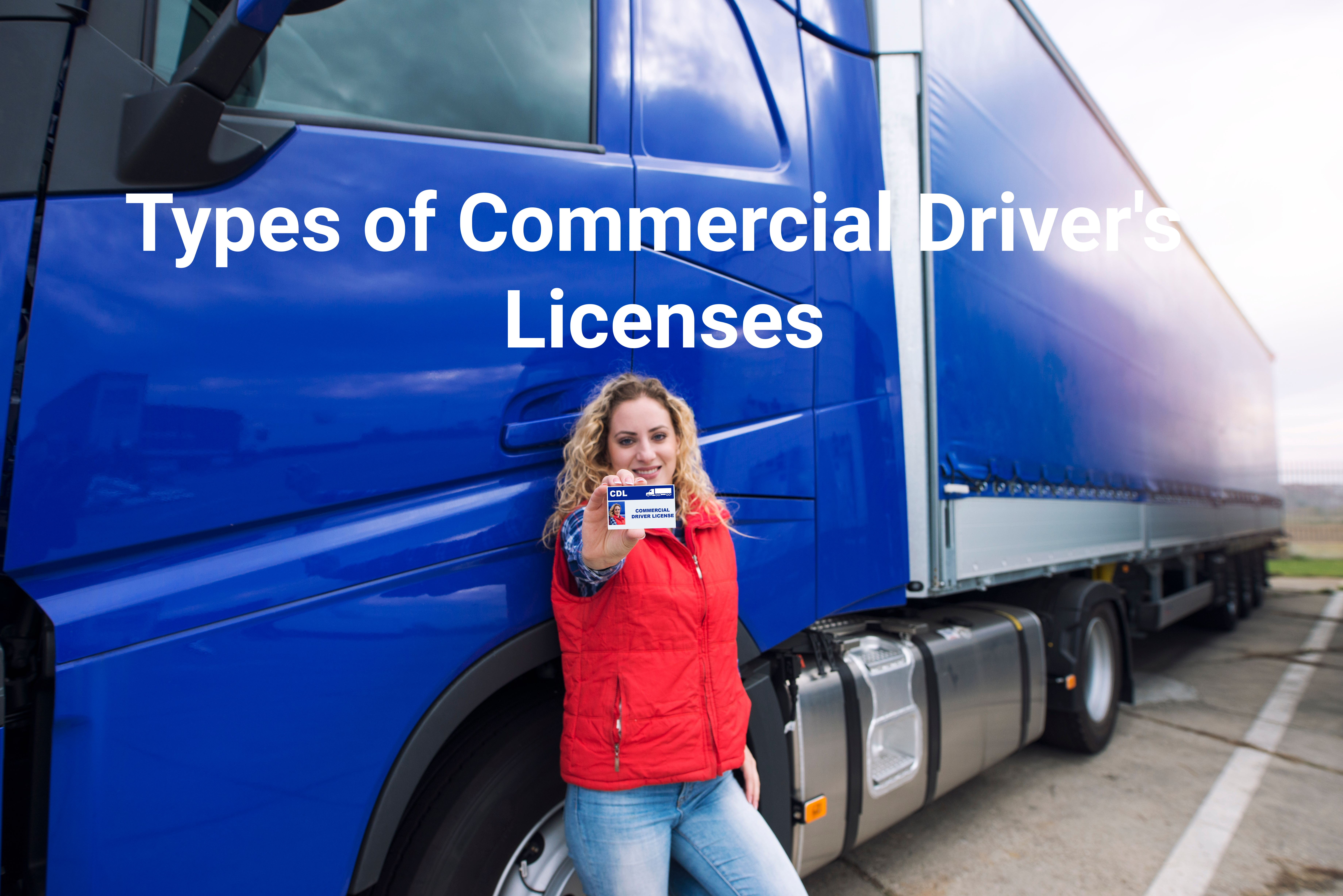
 Request FREE consultation - 1866-758-4529
Request FREE consultation - 1866-758-4529 
Obtaining a commercial driver’s license (CDL) is crucial for individuals pursuing a career in the transportation industry. However, many people are unaware that different types of CDLs are available, each with its own set of requirements and restrictions. Truck accident attorney Greg Baumgartner explores the various types of commercial driver’s licenses and provides an overview of the qualifications and endorsements needed for each type of CDL.
If you’re interested in pursuing a career as a commercial truck driver, you’ll need to obtain a commercial driver’s license (CDL). However, there are different types of CDLs that you can obtain depending on the type of vehicle you plan to operate. This article will discuss the various types of commercial driver’s licenses and the specific activities they permit.
A Class A CDL is the most common type of commercial driver’s license and allows you to operate a combination of vehicles with a gross vehicle weight rating (GVWR) of 26,001 pounds or more. This includes tractor-trailers, tanker trucks, and flatbed trucks. To obtain a Class A CDL, you’ll need to pass a written knowledge test and a skills test, which includes a pre-trip inspection, basic control skills, and an on-road driving test.
A Class B CDL allows you to operate a single vehicle with a GVWR of 26,001 pounds or more or a vehicle towing a trailer with a GVWR of less than 10,000 pounds. This includes straight trucks, dump trucks, and buses. To obtain a Class B CDL, you’ll need to pass a written knowledge test and a skills test, which includes a pre-trip inspection, basic control skills, and an on-road driving test.
A Class C CDL is the most basic type of commercial driver’s license and allows you to operate a vehicle designed to transport 16 or more passengers (including the driver) or hazardous materials. This includes passenger vans, small buses, and hazmat trucks. To obtain a Class C CDL, you’ll need to pass a written knowledge test and a skills test, which includes a pre-trip inspection and an on-road driving test.
In addition to the three main classes of CDLs, there are also endorsements that you can obtain to specialize your license further. You’ll need to pass a written knowledge test specific to that endorsement to obtain an endorsement.
Obtaining a CDL
You’ll need to complete a CDL training program to obtain a commercial driver’s license. Truck driving schools and community colleges typically offer these programs, which last 3-6 weeks. During this training, you’ll learn the necessary skills and knowledge to pass the CDL tests and become a safe and competent commercial truck driver.
Many of the larger motor carriers offer in-house CDL training, partly due to the truck driver shortage in the United States.
Obtaining a commercial driver’s license is the first step toward a career as a commercial truck driver. By understanding the different types of CDLs and endorsements, you can choose the one that best fits your career goals and start your journey toward a successful and fulfilling career in the trucking industry.
Contact the Texas 18-wheeler accident lawyer Greg Baumgartner for help after an injury accident with a semi!
(281) 893-0760
Semi Trucks Transporting Hazardous Materials
Drug and Alcohol Rules for CDL Drivers
Drug Testing for Truck Drivers
How Might a Truck Driver Be Negligent in an Accident?